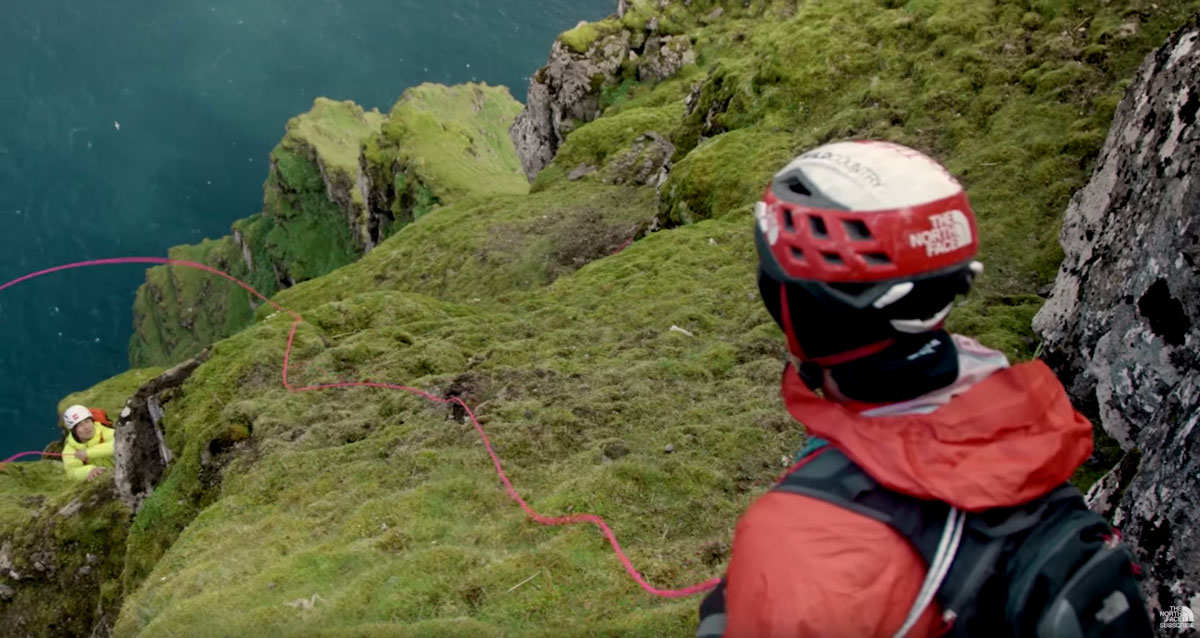The shoreline of the Faroe Islands is almost entirely composed of steep and dangerous cliffs. For most of us, these dramatic rock faces are something to take in at a distance, but traditionally they’ve been active sites of hunting and foraging. Fowlers climb up and down, using massive ropes to reach fulmar and puffin nests. Although no longer a necessary food source, collecting eggs and netting birds on these cliffs is an important part of Faroese heritage. A couple of years ago, the clothing brand North Face sponsored a trio of professional climbers on a trip to Cape Enniberg, one of the tallest sea cliffs in the world. The resulting movie contains beautiful scenes of the Faroe Islands and touches on some of the traditional climbing practices.
Cape Enniberg is the northernmost point in the Faroe Islands, standing 754 meters above the North Atlantic on edge of the island Viðoy. It’s southern approach from the village of Viðareiði is a tough but manageable hike, one I hope to do myself someday, but the cliff facing the sea is different story, a multi-tiered mixture of vertical rock, loose grass, and delicate bird nests.
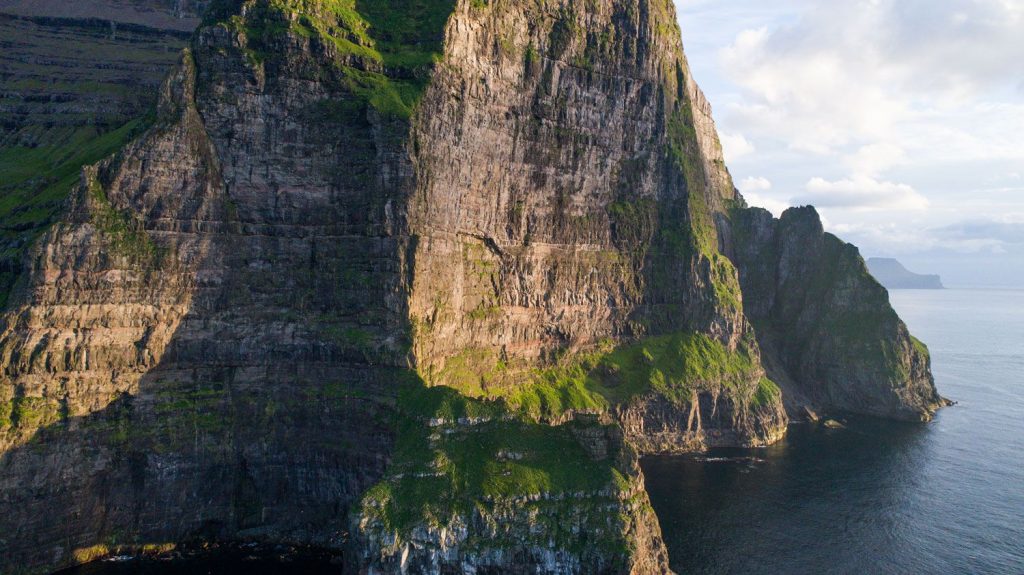
The North Face movie, named Land of Maybe after the unpredictability of the Faroese weather, is obviously made to promote the brand, but the advertising angle is unobtrusive. It introduces three seasoned climbers, James Pearson, Cedar Wright, and Yuji Hirayama and reveals early on that they hadn’t gotten proper permission from the farmers who actually own the Cape Enniberg land. This is an increasing problem as tourism expands in the Faroe Islands, with people mistakenly treating unoccupied and wild areas as public land, when in reality most parcels of even remote islands are privately held. One example in the news last year was the farmer in Sakun who put up signs that he would call the police on trespassing tourists.
Because they’re initially denied the right to climb Enniberg, they briefly detour to Trælanípa instead, also known as “Slave Cliff” because it was allegedly used to execute slaves in the Viking era. Climbing this vertical rock wall of 142 meters is impressive, but far from the unique challenges of Enniberg. The impasse with the farmers is resolved once they finally meet and share their plans, or perhaps with some off-camera legal assurances and monetary support from the corporate sponsor. Regardless, the rest of the short film focuses on Enniberg.
The climbers completely underestimate how long it will take them, initially believing they could summit in 4 hours. They start out at 9pm, which seemed odd to me, even with the midnight sun. Nine hours later they’ve only finished the first portion, and while they don’t say how long the final ascent takes it appears to be the following morning. The birds on the cliffside, the traditional draw for humans to make such a climb, are depicted mainly as a nuisance: they keep puking on the climbers. I know that the film’s focus is adventuring, not nature, but I would have appreciated a bit more information on the wildlife habitat and assurances that the climbers were being considerate of it.
Thankfully, the film does feature some Faroese people, including a man who recounts a dangerous climb made to place and retrieve two sheep on a remote cliffside. He seemed to do it less out of necessity, then as a way to connect with his heritage, retracing a perilous but routine activity of his ancestors. I’ve heard other stories of people doing this, keeping traditions alive through periodic rituals such as bird hunting on Mykines (see photos below). Lots of cultures have traditional reenactments, but these activities also present real dangers. In the film, the Faroese man who placed the sheep noted that he “would never do it again.”
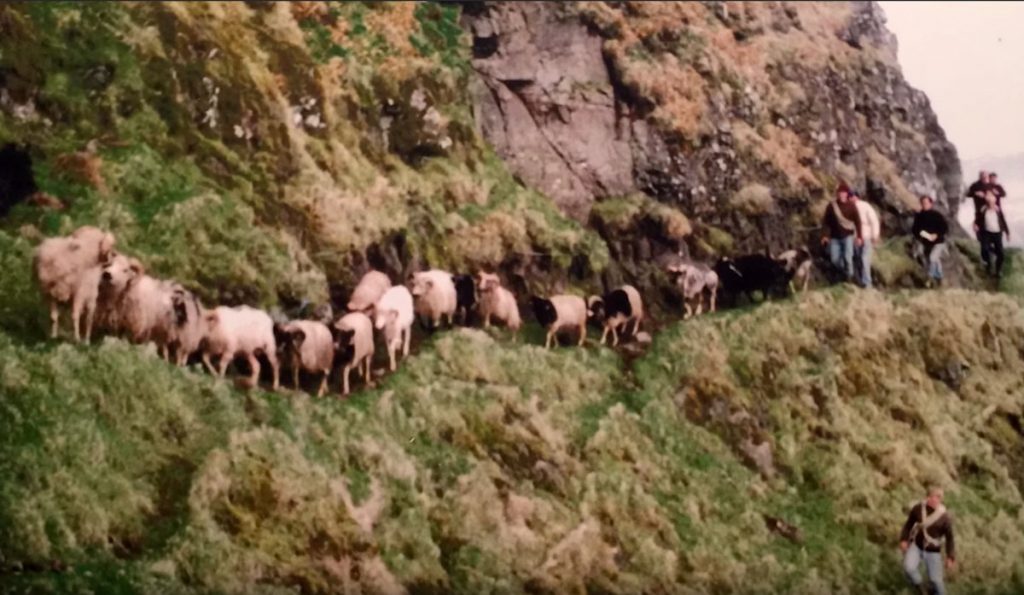
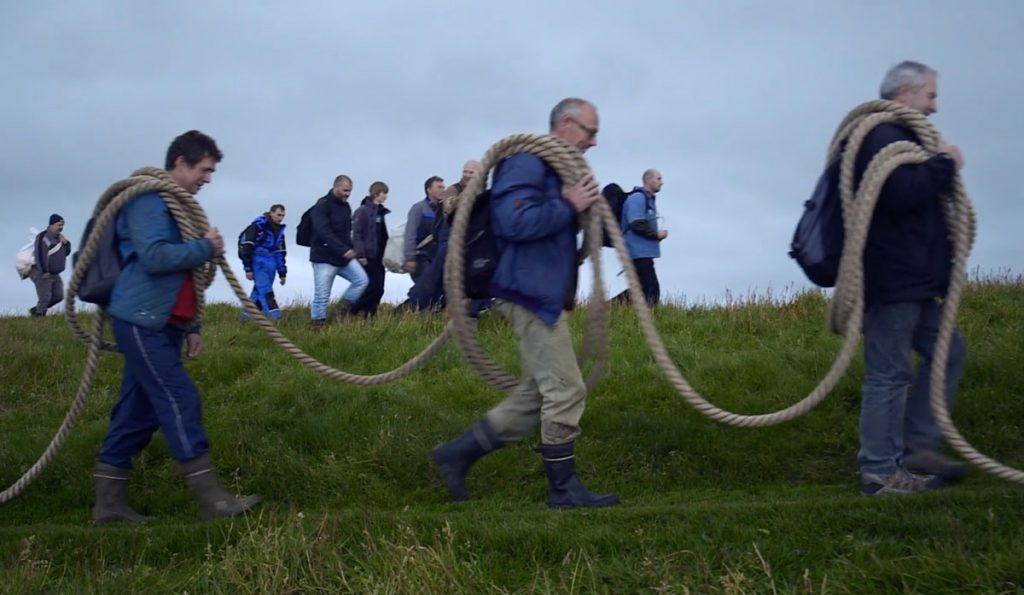
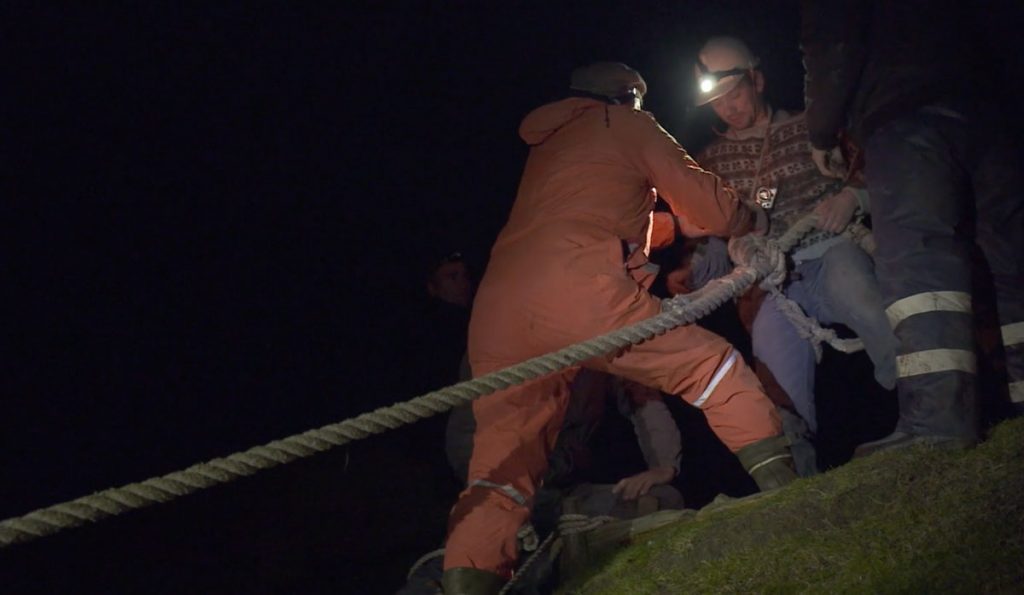
At under 15 minutes this movie is worth your time for its beautiful imagery of the islands and an introduction, however brief and partial, to how climbing these cliffs is part in the cultural heritage of the Faroese people. I’d like to post more about the seabird hunts in the Faroes and other North Atlantic islands. Although regulated and curtailed in some places, it’s a fascinating and shared tradition across many of these cultures.
